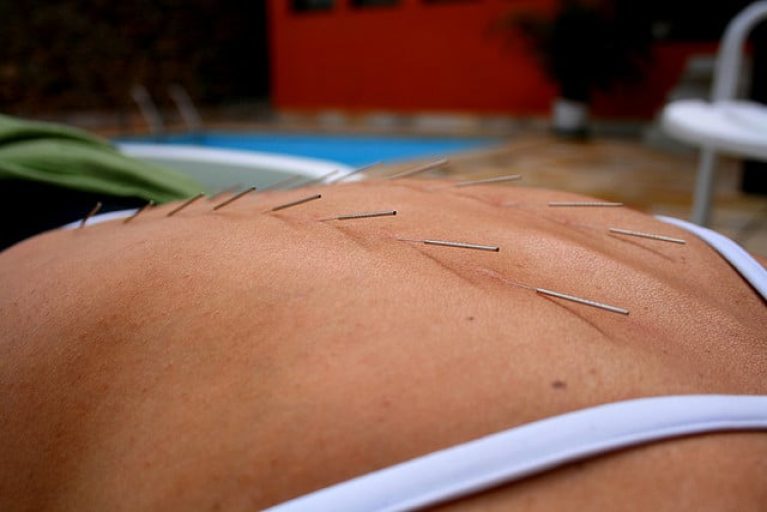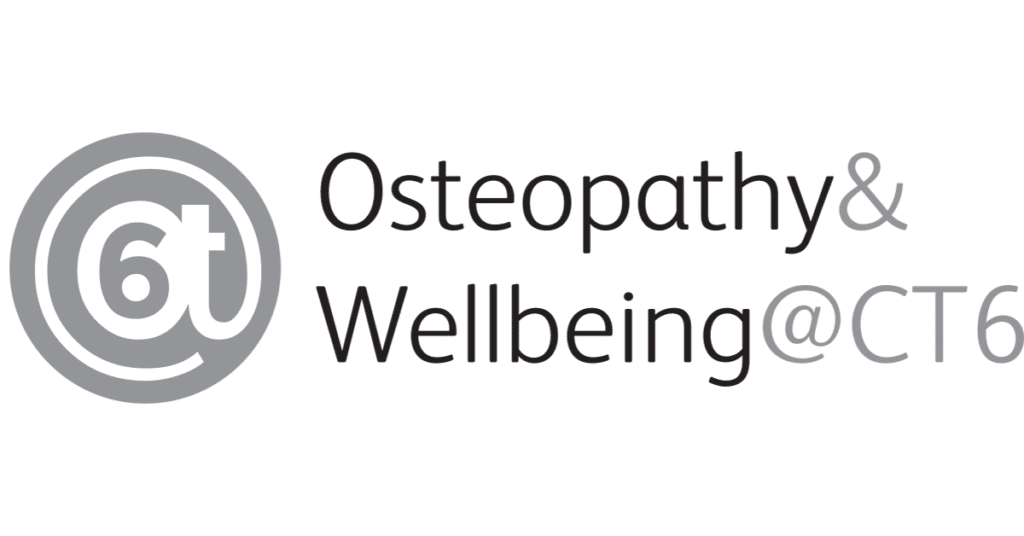
Traditional Chinese acupuncture is based on the belief that it can restore the flow of Qi, an energy that flows through your body, while western medical acupuncture is evidence-based and is only administered after a full diagnosis. The difference between western and eastern acupuncture is clearly marked. The western model uses anatomy, physiology and current medical models, while the eastern is philosophy based – much more about yin, yang and Qi. Yin and yang and Qi are two concepts fundamental to Chinese medicine. Qi (pronounced chi) is usually translated as vital energy, which is thought to circulate through channels connected to body organs and functions.
Acupuncture can be used as a treatment for a wide range of health problems, including back pain,
headaches and migraines, it is a traditional Chinese treatment established over 2,000 years ago.
However, here at Osteopathy & Wellbeing, we offer Western-style acupuncture.
Western medical acupuncture is the use of acupuncture following a medical diagnosis. It involves
stimulating sensory nerves under the skin and in the muscles.
This results in the body producing natural substances, such as pain-relieving endorphins. It’s likely
that these naturally released substances are responsible for the beneficial effects experienced with
acupuncture.
Currently, the National Institute for Health and Care Excellence (NICE) only recommends considering
acupuncture as a treatment option for:
Acupuncture is also often used to treat other musculoskeletal conditions (of the bones and muscles)
and pain conditions, including:
Here at Osteopathy & Wellbeing @CT6 we like to incorporate acupuncture as part of a treatment plan
along with other techniques if we feel it would be beneficial for the patient.
The needles are inserted into specific places on the body, which practitioners call acupuncture points.
During the session, you’ll usually be asked to sit or lie down. You may also be asked to remove some
clothes so the practitioner can access certain parts of your body.
The needles used are very fine and are usually a few centimetres long. They are single-use and
are disposed of immediately after use.
The needles may be inserted just under the skin, or deeper so they reach the muscle. Once the needles
are in place, they may be left in position for a length of time lasting from a few minutes up to around
30 minutes.
When it’s done by a qualified practitioner, acupuncture is generally very safe. Rarely, some people
experience mild, short-term side effects such as:
If you have a bleeding disorder, such as haemophilia, or are taking anticoagulants, talk to your GP
before you have acupuncture.

Osteopathy & Wellbeing @CT6 Limited
Company number: 07936142
70 Canterbury Rd, Herne Bay CT6 5SB
Telephone 01227 366473
Monday – Friday 8 am to 8 pm.
Saturday 8 am to 12 noon.
Sunday closed.
